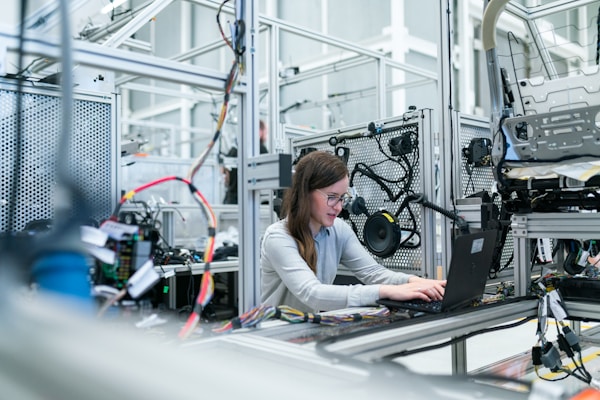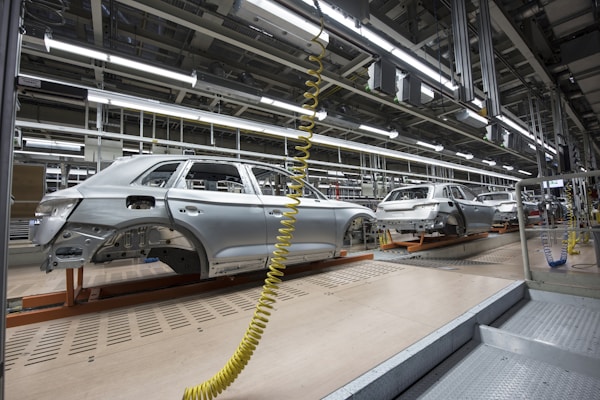Automation can significantly reduce production costs, enhance product quality, and improve overall operational efficiency in a manufacturing plant. As technology advances more rapidly than ever, there’s never been a better time to consider automating your plant to stay ahead of the competition. In this article, we’ll explore some valuable tips to streamline the automation process in your manufacturing plant. Keep reading to discover insights on selecting essential components, optimizing system performance, minimizing bottlenecks, and maintaining a flexible work environment.
Selecting the Right Components for Your Automated System

One of the most important aspects of automating your manufacturing plant is choosing the appropriate components for your overall system. Automation solutions include conveyor systems, robotics, and automated guided vehicles (AGVs). It’s crucial to carefully evaluate your options and select elements that will efficiently address your plant’s requirements. Take the time to thoroughly analyze your existing processes, determine specific pain points, and understand your production needs before investing in any automation system.
During your evaluation, it’s also essential to consider energy-efficient and scalable solutions that meet your current needs and adapt to future expansion plans with minimal modifications. For instance, investing in a fanless PC allows for quieter, more energy-efficient computing—even in inhospitable environments while providing durable performance with low maintenance requirements.
It’s also important to research the cost-effectiveness of the components you intend to incorporate into your manufacturing process. Keep in mind that while some solutions may appear cost-effective upfront, additional costs, such as ongoing maintenance or upgrades, could offset the initial savings over time. Understand the total cost of ownership for each component and take into account factors such as energy consumption, replacement parts, and maintenance expenses.
Optimizing System Performance and Minimizing Bottlenecks
Optimize system performance and eliminate bottlenecks as much as possible to ensure that your automated system operates efficiently and effectively. Proper monitoring of the system is essential in quickly identifying and addressing any issues that might be affecting its performance. Utilizing real-time data and performance feedback tools can help troubleshoot and resolve problems. Investing in predictive maintenance tools can also minimize downtime by identifying potential failure points in your machinery before they escalate into larger problems.
When designing your automation solution, consider how different components interact and plan accordingly to synchronize their operation. Align the functions of different components, such as robotics and conveyor systems, to facilitate smooth workflow, reduce delays, and minimize the chances of producing defective products. Also, evaluate the production process and identify redundancies that can be eliminated or improved to increase overall efficiency.
Additionally, ensure your automated system is easily accessible for maintenance and repair. A well-thought-out design that incorporates easy access points can significantly reduce downtime during routine equipment checks or when making necessary repairs. By minimizing potential bottlenecks and optimizing system performance, you can keep production running smoothly and efficiently while reducing costs.
Implementing Effective Training and Development Programs
While introducing automation into your manufacturing plant can lead to increased efficiency and productivity, employees must be adequately trained to ensure they can coexist harmoniously with automated systems. Skill development and training programs should be provided for both new and existing employees to help them adapt to new automated systems, understand the capabilities of the technology, and adjust their working methods accordingly.
Maintaining a Flexible Work Environment

Flexibility is key when automating your manufacturing plant. As market demands and production needs change, your automation system should be easily adaptable to accommodate these fluctuations. Devising a modular system design allows for seamless integration of new hardware and software without impacting the overall operation. This makes it easier to introduce new processes, equipment, or technologies.
Maintain open communication channels with your employees and encourage them to share any concerns or ideas they might have about automation. By involving your workforce, they will feel a sense of ownership and be more willing to embrace new technologies.
By following these tips, you can ensure a successful transition to a fully automated production facility and stay ahead of the competition.




